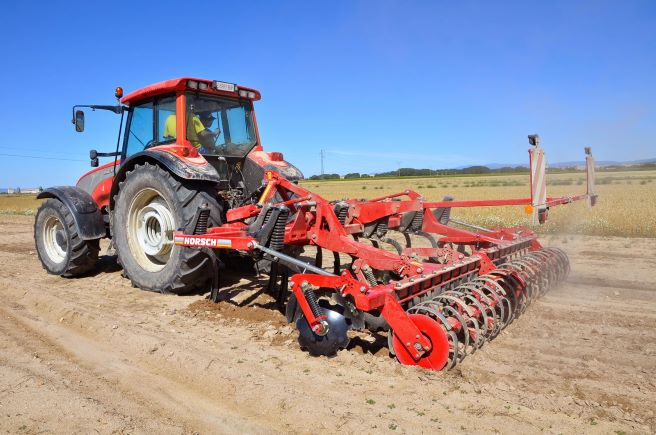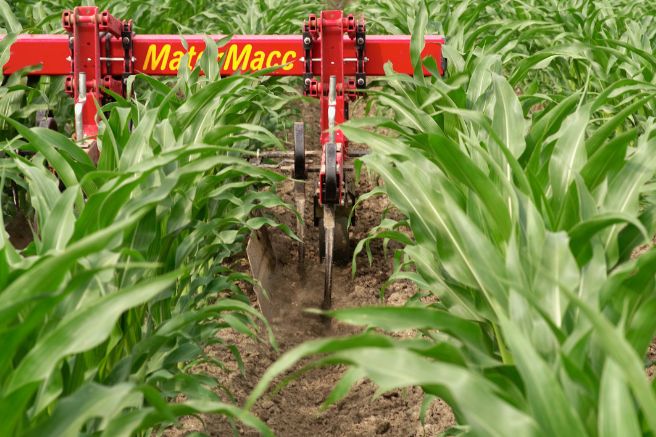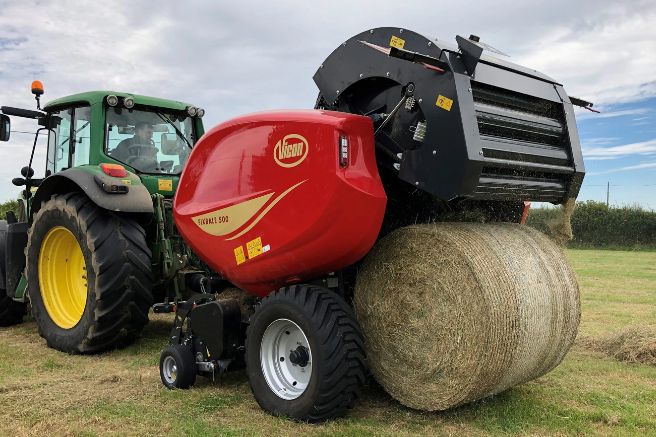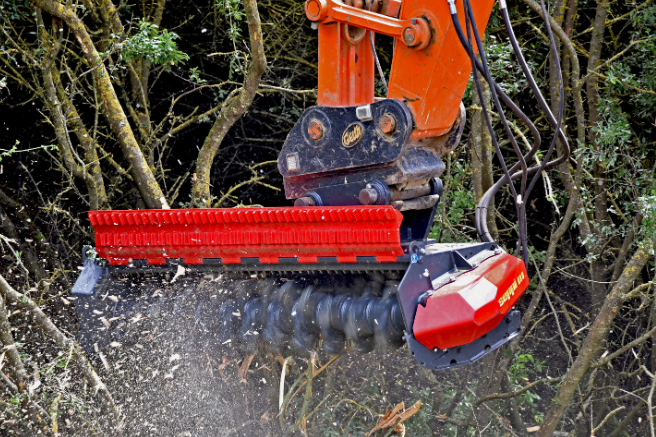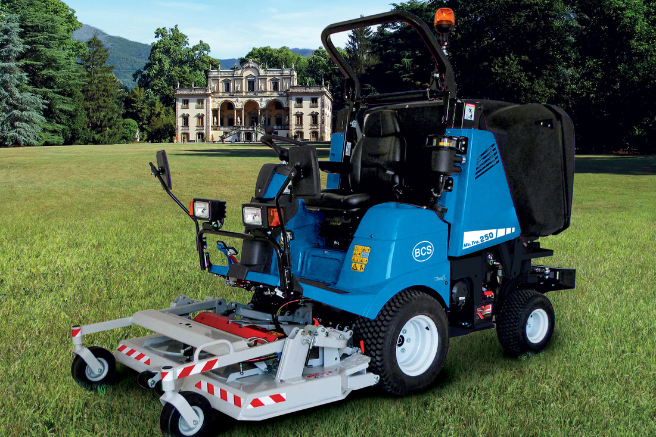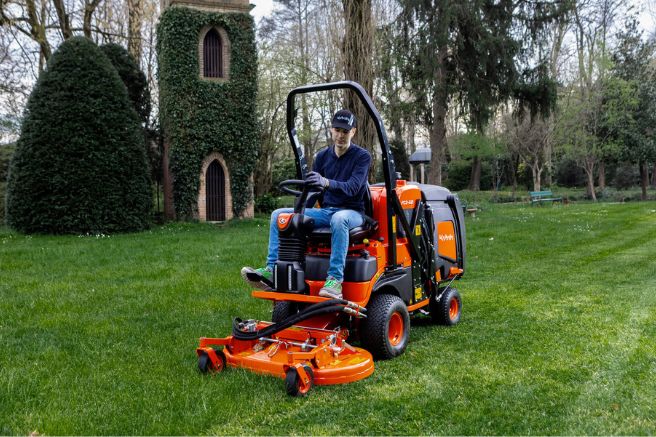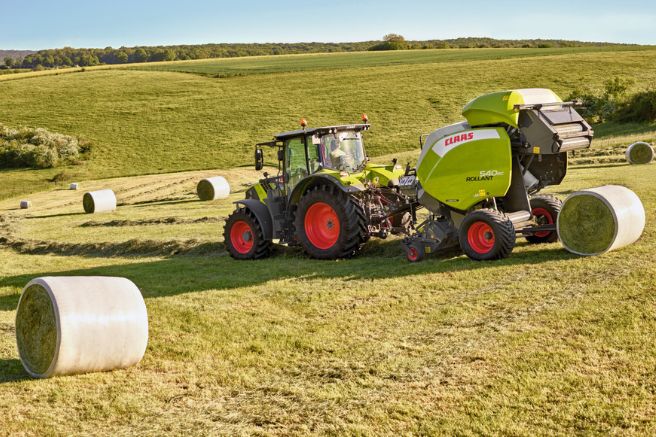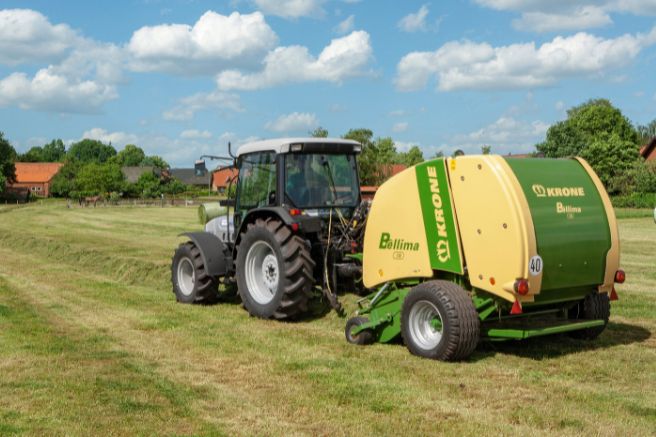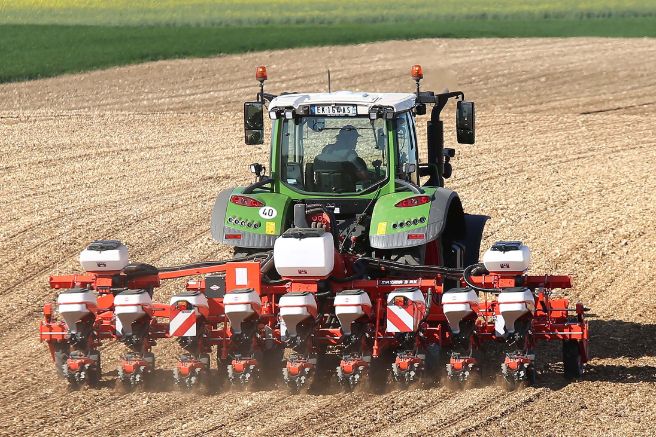Although they are highly sustainable practices, no-till seeding and minimum tillage still cover a minority of agricultural land in Italy. Deep tillage can still make sense in many field situations, especially in livestock-intensive provinces where plowing is necessary to incorporate the generous availability of manure, slurry, and digestate. Horsch “Terrano” cultivators: Aaligned with CAP guidelines Even on these farms, however, conservation agriculture can be useful in specific situations, such as when proceeding with second sowings after the mowing of autumn-winter cereals. From mid-May onwards, practices of chopping barley and triticale…
Read MoreCategory: Implements
Matermacc “Unica” series hoes, suitable for every need
The fight against wild plants was once delegated to manual tools, like hoes. Later, chemicals made weeding easier, but this approach encountered issues that have progressively limited the use of herbicides. Environmental aspects, for instance, have led to the creation of “buffer zones,” minimum distances to be maintained from water bodies, roads, or houses that can reach up to thirty meters. Not to mention the increasing phenomena of weed resistance, which require different technical approaches for management. To mitigate both issues, mechanical cultivation with specific equipment, such as hoes, has…
Read MoreVicon “FixBale 500 Sc-15” Balers: Real-time Moisture Control
Fast and efficient, thanks to solutions that further raise the bar of productivity while ensuring maximum ease of management and maintenance. This, in summary, is what the new Vicon brand fixed chamber baler, the Vicon “FixBale 500 Sc-15,” promises. To keep this promise, the machine starts with the generous “XL+” pickup, 230 centimeters wide, consisting of five tine bars with 32 tines each. These operate smoothly thanks to four ball bearings arranged along its length and the windrow compression roller that compresses the material, uniforming and facilitating its flow towards…
Read MoreWith the Seppi “E20 Direct” forestry head, the advantage is twofold
Advantages for professional activities and for the ecosystem. The new “E20” forestry head for excavators, recently presented by Seppi at Intermat 2024 held in Paris from April 24 to 27, offers dual benefits. The design focus of the technicians from the Trentino-based brand when creating the new equipment was to maximize the functional efficiency of the head in the most demanding agricultural and forestry applications, while also improving environmental sustainability throughout the machine’s entire operational lifecycle. Maximized efficiency and improved reliability In this context, the new “E20” is made using…
Read MoreThe Kuhn range of mowers and windrowers: high-performance solutions
The productivity of Italian dairy cattle has been steadily increasing over recent decades, both in terms of quantity and quality. Alongside genetic selection, improved veterinary care and refined nutritional techniques have contributed to this growth, providing increasingly rich rations while ensuring maximum digestibility. Various types of hay, whether from grasses, legumes, or mixed, can also contribute to this goal, provided they meet certain requirements in terms of dry matter and overall cleanliness. In this regard, the timeliness and technical quality of mowing, and the subsequent practices of aeration and final…
Read MoreBcs self-propelled series “Ma.Tra 250”: three in one
The Bcs Group was founded in 1943 with the goal of manufacturing and marketing mechanical mowers capable of replacing human labor in forage mowing operations. Since then, the Group has continuously worked on issues related to grass cutting. Today, this effort is not limited to single-axle or mounted mowers but extends to a range of machines and equipment aimed at the professional maintenance of green areas, all under the “Ma.Tra” range. Five Models for Varied Needs There are five models, two of which are designed for the care of medium…
Read MoreLawnmower, Kubota launches the new “Fc2-221” model
The Kubota “Fc2-221” lawnmower has simplicity as a fundamental requirement. Significant design modifications have led to a notable reduction in the number of parts subject to wear and maintenance needs, while the operating platform now features a simpler and more traditional configuration. Thanks to the generous lifting height and the 480-liter grass catcher, large quantities of grass can be easily cut and discharged onto trailers or existing piles. The lifting/lowering and dumping functions are managed through a single lever, enhancing ease of use. The Fc2-221 model can optionally be equipped…
Read MoreClaas “Variant” and “Rollant” round balers: ideal for uneven terrain
A continuous thread unites the evolution of the Claas brand from its origins to the present day: quality. This hallmark has been represented since the early decades of the 20th century by the balers designed and developed by the company in Harsewinkel. This quality stems particularly from an innovative tying system patented in 1921 by August Claas, the company’s founder, and remains the cornerstone of the German Group’s forage harvester range over a century later. Both the variable chamber “Variant” balers and the fixed chamber “Rollant” models share a primary…
Read MoreVaried and reliable: here is the Krone round baler range
Collinear or plain and of industrial or family sizes, Italian farms represent one of the most diversified agricultural and zootechnical production landscapes in Europe. In addition to this entrepreneurial reality, there are professional subcontractors who, by their very mission, are compelled to meet the most diverse requests from clients. In fact, it is a true productive universe with highly varied haymaking needs that can only be met through specialized equipment with diverse technological, performance, and operational characteristics. Krone round baler: the top is the “Varipack” series Confirming this diverse offering…
Read MoreKuhn seeders series “Maxima 3” and “Kosma”, precision in their dna
The masses involved are among the operational parameters to be carefully evaluated when choosing equipment. Heavy weights are not always essential, especially if, with the same final result, using lower masses also helps reduce the risks of soil compaction and fuel consumption. This is especially true when using seeders, machines that, depending on the type of work to be done and the soil conditions, must adapt to specific needs in order to always guarantee the best ratio between performance and operating costs. For this reason, Kuhn has tailored its offering…
Read More
